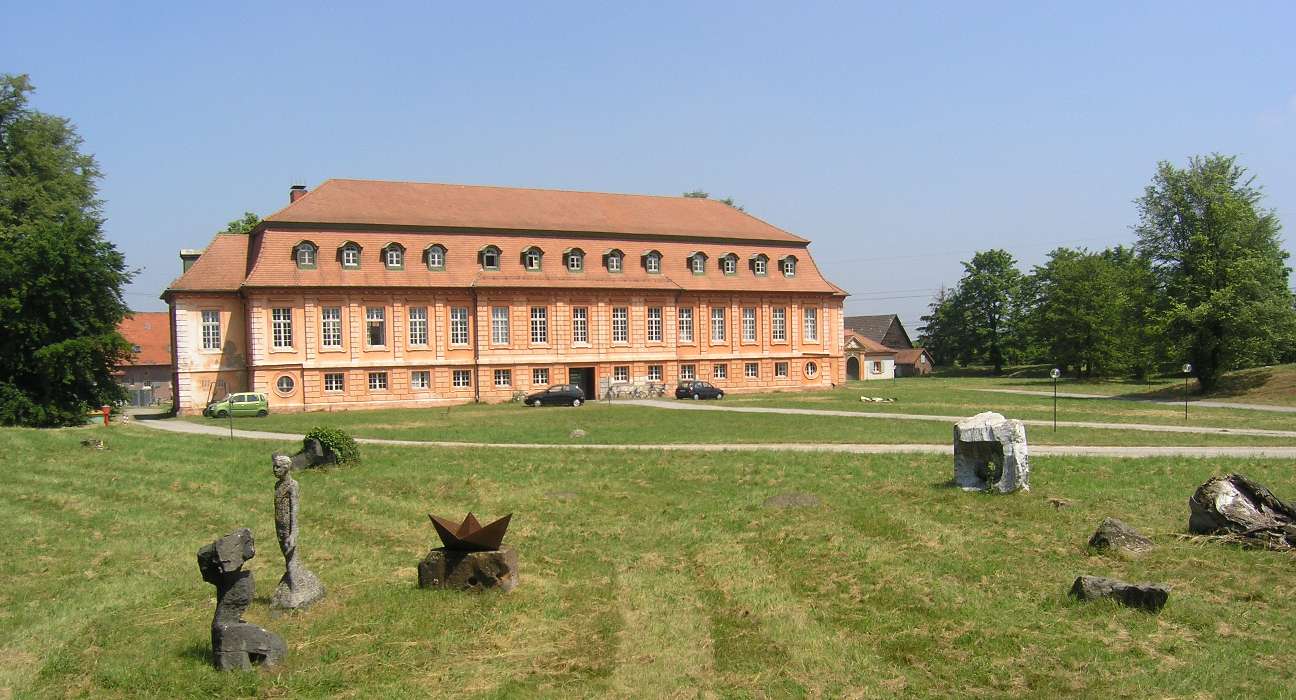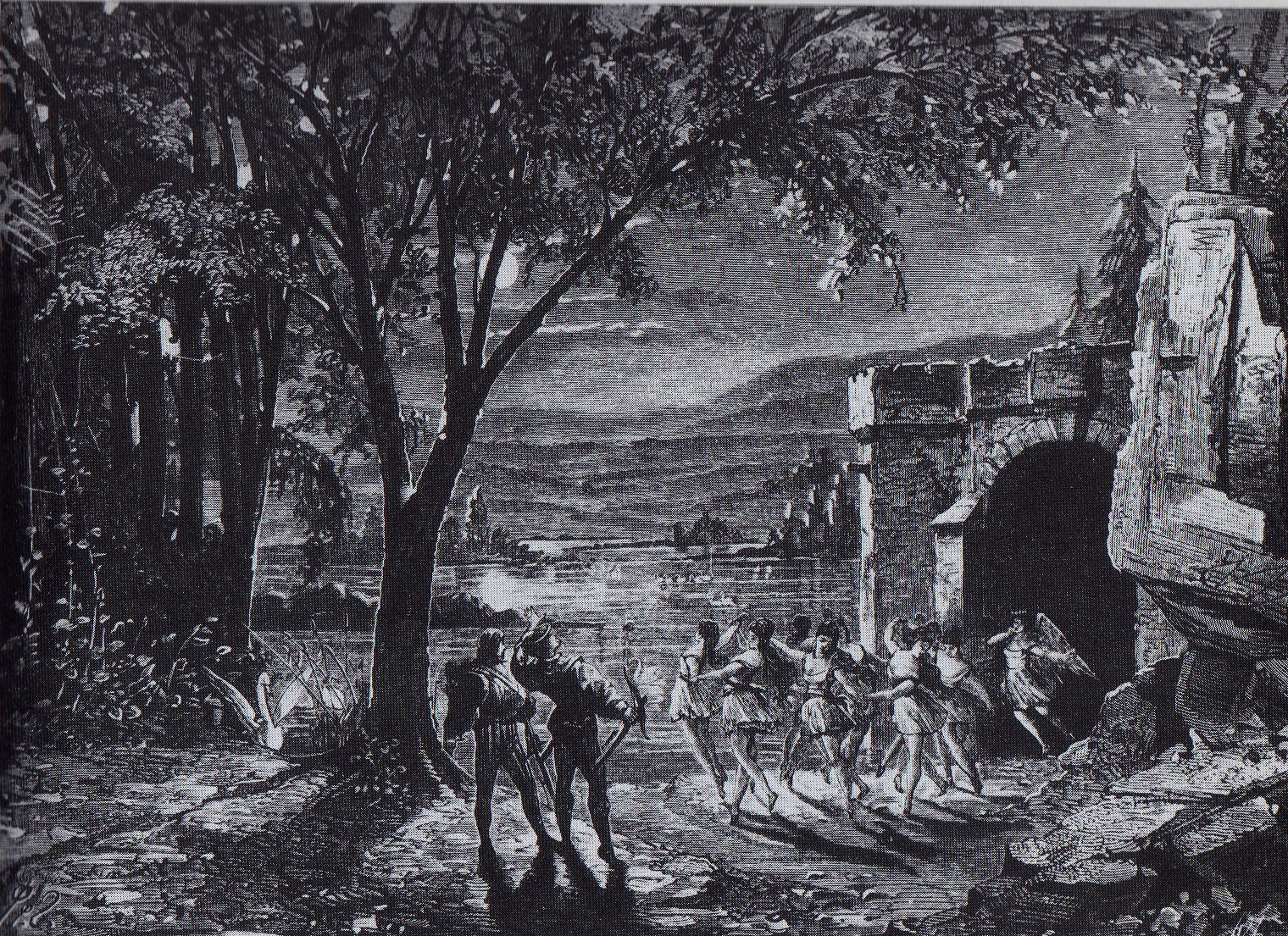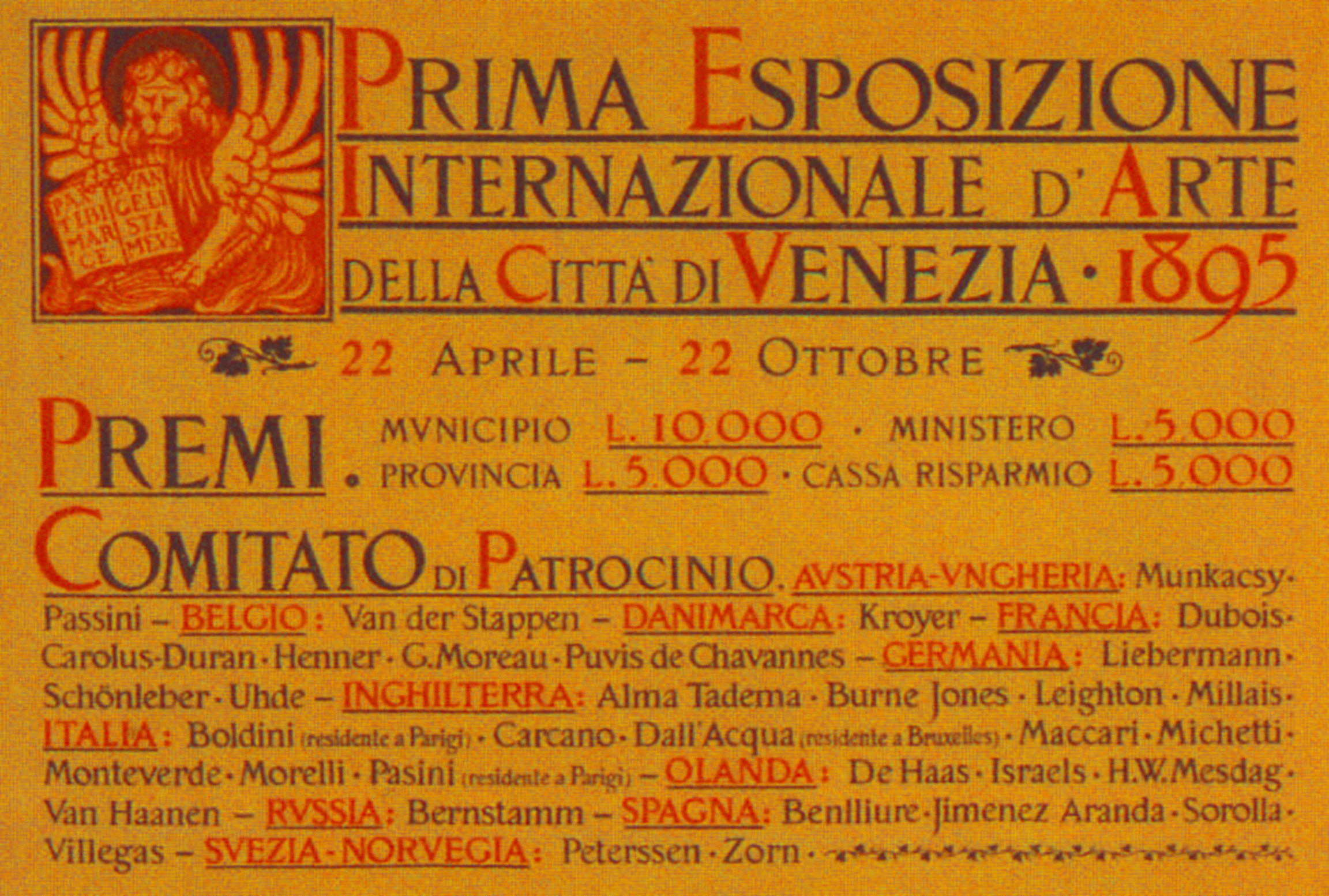|
Per Kirkeby
Per Kirkeby (1 September 1938 – 9 May 2018) was a Danish Painting, painter, poet, film maker and sculptor. His works have been exhibited worldwide and are represented in many important public collections, including the Tate, Metropolitan Museum of Art, Museum of Modern Art, and the Centre Pompidou. Kirkeby became a member of the Danish Academy in 1982. In 1990 he received the Art Prize of NORD/LB, which is endowed for outstanding efforts in the subject of contemporary art. In 1996 he received the Coutts Contemporary Art Foundation Award and the Henrik Steffens Award. In 1997 he became a Knight of the Order of the Dannebrog and in 2003 he received the Herbert Boeckl Prize for his lifetime of work. Career In 1957, Kirkeby began studying natural history at the University of Copenhagen. As a research assistant, he went on several trips to Greenland, in 1958, 1959, and 1960. In 1962, he began studying at the Experimental Art School in Copenhagen (). During his time there, worked ... [...More Info...] [...Related Items...] OR: [Wikipedia] [Google] [Baidu] |
Copenhagen
Copenhagen ( ) is the capital and most populous city of Denmark, with a population of 1.4 million in the Urban area of Copenhagen, urban area. The city is situated on the islands of Zealand and Amager, separated from Malmö, Sweden, by the Øresund strait. The Øresund Bridge connects the two cities by rail and road. Originally a Vikings, Viking fishing village established in the 10th century in the vicinity of what is now Gammel Strand, Copenhagen became the capital of Denmark in the early 15th century. During the 16th century, the city served as the ''de facto'' capital of the Kalmar Union and the seat of the Union's monarchy, which governed most of the modern-day Nordic countries, Nordic region as part of a Danish confederation with Sweden and Norway. The city flourished as the cultural and economic centre of Scandinavia during the Renaissance. By the 17th century, it had become a regional centre of power, serving as the heart of the Danish government and Military history ... [...More Info...] [...Related Items...] OR: [Wikipedia] [Google] [Baidu] |
Greenland
Greenland is an autonomous territory in the Danish Realm, Kingdom of Denmark. It is by far the largest geographically of three constituent parts of the kingdom; the other two are metropolitan Denmark and the Faroe Islands. Citizens of Greenland are full Danish nationality law, citizens of Denmark and European Union citizenship, of the European Union. Greenland is one of the Special territories of members of the European Economic Area#Overseas countries and territories, Overseas Countries and Territories of the European Union and is part of the Council of Europe. It is the List of islands by area, world's largest island, and lies between the Arctic Ocean, Arctic and Atlantic oceans, east of the Arctic Archipelago, Canadian Arctic Archipelago. It is the location of the northernmost point of land in the world; Kaffeklubben Island off the northern coast is the world's Northernmost point of land, northernmost undisputed point of land—Cape Morris Jesup on the mainland was thought to ... [...More Info...] [...Related Items...] OR: [Wikipedia] [Google] [Baidu] |
Städelschule
The Städelschule, full name Hochschule für Bildende Künste–Städelschule, is a tertiary school of art in Frankfurt am Main, Germany. It accepts about 20 students each year from around 500 applicants, and has a total of approximately 150 students of visual arts; until 2020 there were also about 50 students of architecture. About 75% of the students are not from Germany, and courses are taught in English. History The Städelschule was established by the Städel Institute in 1817, following an endowment left by Johann Friedrich Städel (1728–1816), a wealthy banker and patron of the arts. In a deed dated 15 March 1815 he left his house, his art collection and his fortune to establish a museum – now the Städel Museum – and to pay for the training in art and architecture of deserving students, in the hope that they might be "...educated to become valuable and useful citizens and artists". Städel died on 2 December 1816, and from 1817 scholarships were given out ... [...More Info...] [...Related Items...] OR: [Wikipedia] [Google] [Baidu] |
Karlsruhe Institute Of Technology
The Karlsruhe Institute of Technology (KIT; ) is both a German public research university in Karlsruhe, Baden-Württemberg, and a research center of the Helmholtz Association. KIT was created in 2009 when the University of Karlsruhe (), founded in 1825 as a public research university and also known as the "Fridericiana", merged with the Karlsruhe Research Center (), which had originally been established in 1956 as a national nuclear research center (, or KfK). KIT is thus the first and only institution in Germany to overcome the division of the German scientific and research landscape into academic and non-academic institutions in the form of a merger of two different types of institutions. KIT is a member of the TU9, an incorporated society of the largest and most notable German institutes of technology. As part of the German Universities Excellence Initiative KIT was one of three universities which were awarded excellence status in 2006. In the following "German Excellence ... [...More Info...] [...Related Items...] OR: [Wikipedia] [Google] [Baidu] |
Academy Of Fine Arts, Karlsruhe
The State Academy of Fine Arts Karlsruhe or is an academy of arts in Karlsruhe, in Baden-Württemberg in south-western Germany. History The Academy was founded in 1854 by Frederick I, Grand Duke of Baden, with the landscape painter Johann Wilhelm Schirmer as the first director. During the Nazi regime, several artists were fired from their teaching positions, due to their art being considered " degenerate". These include, for example, Willhelm Schnarrenberger, Georg Scholz, and Karl Hubbuch - all of whom were associated with the New Objectivity movement. After the second world war, the academy re-opened first in 1947 and Schnarrenberger and Hubbuch eventually regained their positions. Post-war heads of the academy include art historian Oskar Gehring (1947/48), (1949–1956), art historian Kurt Martin (1956/57), painter (1957/58), and painter Hans Gaensslen (1958–1963). The latter became the first elected rector as, in 1961, policy was changed from ministry-appoint ... [...More Info...] [...Related Items...] OR: [Wikipedia] [Google] [Baidu] |
Picasso
Pablo Diego José Francisco de Paula Juan Nepomuceno María de los Remedios Cipriano de la Santísima Trinidad Ruiz y Picasso (25 October 1881 – 8 April 1973) was a Spanish painter, sculptor, printmaker, Ceramic art, ceramicist, and Scenic design, theatre designer who spent most of his adult life in France. One of the most influential artists of the 20th century, he is known for co-founding the Cubist movement, the invention of Assemblage (art), constructed sculpture, the co-invention of collage, and for the wide variety of styles that he helped develop and explore. Among his most famous works are the Proto-Cubism, proto-Cubist ''Les Demoiselles d'Avignon'' (1907) and the anti-war painting ''Guernica (Picasso), Guernica'' (1937), a dramatic portrayal of the bombing of Guernica by German and Italian air forces during the Spanish Civil War. Beginning his formal training under his father José Ruiz y Blasco aged seven, Picasso demonstrated extraordinary artistic talent from a ... [...More Info...] [...Related Items...] OR: [Wikipedia] [Google] [Baidu] |
Eugène Delacroix
Ferdinand Victor Eugène Delacroix ( ; ; 26 April 1798 – 13 August 1863) was a French people, French Romanticism, Romantic artist who was regarded as the leader of the French Romantic school.Noon, Patrick, et al., ''Crossing the Channel: British and French Painting in the Age of Romanticism'', p. 58, Tate Publishing, 2003. In contrast to the Neoclassicism, Neoclassical perfectionism of his chief rival Ingres, Delacroix took for his inspiration the art of Rubens and painters of the Venetian Renaissance, with an attendant emphasis on colour and movement rather than clarity of outline and carefully modelled form. Dramatic and romantic content characterized the central themes of his maturity, and led him not to the classical models of Greek and Roman art, but to travel in North Africa, in search of the exotic. Friend and spiritual heir to Théodore Géricault, Delacroix was also inspired by Lord Byron, with whom he shared a strong identification with the "forces of the Sublim ... [...More Info...] [...Related Items...] OR: [Wikipedia] [Google] [Baidu] |
Romeo And Juliet
''The Tragedy of Romeo and Juliet'', often shortened to ''Romeo and Juliet'', is a Shakespearean tragedy, tragedy written by William Shakespeare about the romance between two young Italians from feuding families. It was among Shakespeare's most popular plays during his lifetime and, along with ''Hamlet'', is one of his most frequently performed. Today, the Title character, title characters are regarded as Archetype, archetypal young lovers. ''Romeo and Juliet'' belongs to a tradition of tragic Romance (love), romances stretching back to Ancient history, antiquity. The plot is based on an Italian tale written by Matteo Bandello, translated into verse as ''The Tragical History of Romeus and Juliet'' by Arthur Brooke (poet), Arthur Brooke in 1562, and retold in prose in ''Palace of Pleasure'' by William Painter (author), William Painter in 1567. Shakespeare borrowed heavily from both but expanded the plot by developing a number of supporting characters, in particular Mercutio a ... [...More Info...] [...Related Items...] OR: [Wikipedia] [Google] [Baidu] |
Swan Lake
''Swan Lake'' ( rus, Лебеди́ное о́зеро, r=Lebedínoje ózero, p=lʲɪbʲɪˈdʲinəjə ˈozʲɪrə, links=no ), Op. 20, is a ballet composed by Russian composer Pyotr Ilyich Tchaikovsky in 1875–76. Despite its initial failure, it is now one of the most popular ballets of all time. The scenario, initially in two acts, was fashioned from Russian and German folk tales and tells the story of Odette, a princess turned into a swan by an evil sorcerer's curse. The choreographer of the original production was Julius Reisinger (Václav Reisinger). The ballet was premiered by the Bolshoi Ballet on at the Bolshoi Theatre in Moscow. Although it is presented in many different versions, most ballet companies base their stagings both choreographically and musically on the 1895 revival of Marius Petipa and Lev Ivanov, first staged for the Imperial Ballet on 15 January 1895, at the Mariinsky Theatre in St. Petersburg. For this revival, Tchaikovsky's score was revise ... [...More Info...] [...Related Items...] OR: [Wikipedia] [Google] [Baidu] |
New York City Ballet
New York City Ballet (NYCB) is a ballet company founded in 1948 by choreographer George Balanchine and Lincoln Kirstein. Balanchine and Jerome Robbins are considered the founding choreographers of the company. Léon Barzin was the company's first music director. City Ballet grew out of earlier troupes: the Producing Company of the School of American Ballet, 1934; the American Ballet, 1935, and Ballet Caravan, 1936, which merged into American Ballet, American Ballet Caravan, 1941; and directly from the Ballet Society, 1946. History In a 1946 letter, Kirstein stated, "The only justification I have is to enable Balanchine to do exactly what he wants to do in the way he wants to do it."Alastair Macaulay, "A Paragon of the Arts, as Both Man and Titan" (review of ... [...More Info...] [...Related Items...] OR: [Wikipedia] [Google] [Baidu] |
Venice Biennale
The Venice Biennale ( ; ) is an international cultural exhibition hosted annually in Venice, Italy. There are two main components of the festival, known as the Art Biennale () and the Venice Biennale of Architecture, Architecture Biennale (), which are held in alternating years (hence the name). There are also four additional components, each usually held on an annual basis, comprising , , Venice Film Festival, and Venice Dance Biennale. Between them they cover contemporary art, architecture, music, theatre, film, and contemporary dance. The main exhibition is held in Castello, Venice, Castello and has around 30 permanent pavilions built by different countries. The Biennale has been organised every year since 1895, which makes it the oldest of its kind. Since 2021, the Art Biennale has taken place in even years and the Architecture Biennale in odd years. History 1895–1947 On 19 April 1893, the Venetian City Council passed a resolution to set up an biennial exhibition of I ... [...More Info...] [...Related Items...] OR: [Wikipedia] [Google] [Baidu] |







